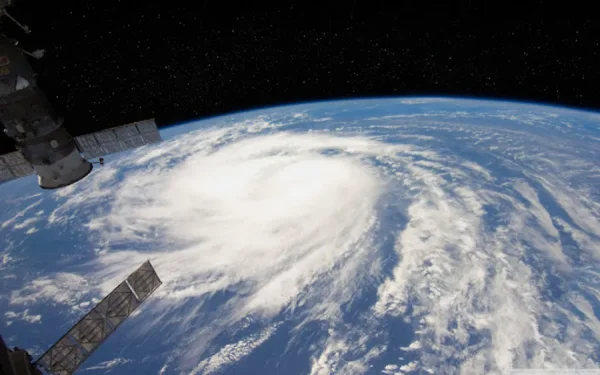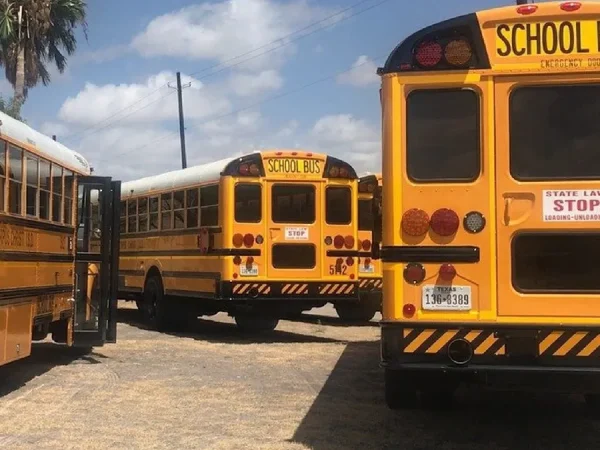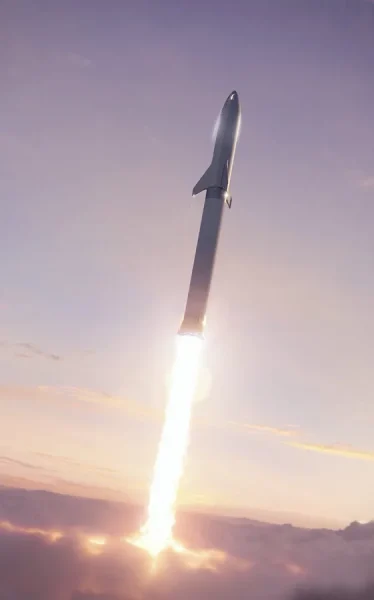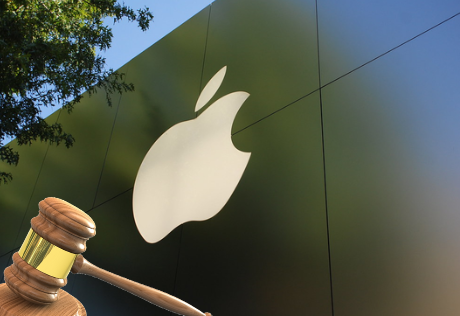SpaceX races to provide satellite Internet worldwide
On November 11, Elon Musk’s SpaceX took another small step towards realizing it’s dream of internet connection anywhere in the world. At Cape Canaveral, Florida, the company launched 60 satellites into orbit using its in-house made Falcon 9 rocket. The project, dubbed, “Starlink”, will use a constellation of low-earth orbiting satellites in order to beam internet access to its user.
Starlink works by using lasers to communicate between satellites, utilizing a specific frequency in the “Ku/Ka” bandwidth which allow them to be 40 times faster than pre-existing satellite internet providers. The 60 satellites launched into orbit on Veteran’s Day are a small part of Musk’s grand vision of over 12,000 satellites circling around the globe, allowing internet access even in the most remote regions. These satellites will also be joining other satellites that SpaceX launched in 2018 as a prototype for Starlink, dubbed, “Tintin”. It was also the first time that the company had reused a rocket payload fairing, the first stage of the rocket which protects the satellites from the intense heat outside during launch. Musk hopes that the project will be commercially available in the US by 2020, with plans to create a schedule in which SpaceX will be able to launch 60 satellites into orbit every other week.
Senior Gordon Moss, a student in the Project Lead the Way program, stated “For me and the people I know, I honestly don’t think that Starlink will have a big impact on our data availability or usage. There are so many cell towers in our part of the US that I’m never really out of range of one for too long. I can see the potential benefits it could provide people living in countries without large cellular infrastructure though.”
Senior Pranay Kamineny, a student in the SMCS program, also expressed some reservations on Musk’s goal of commercial availability by 2020, stating how, “ It’s not achievable because that’s a lot to do in a year.”
Kamineny additionally expressed how, “there can be concerns with satellites and maybe cyberattacks will be more serious.”
In addition, the project has been experiencing backlash from astronomers. On November 18, while a Dark Energy Camera (DECam) at the Cerro Tololo Inter-American Observatory (CTIO) in Northern Chile was taking photos of the night sky, a group of Starlink satellites passed overhead. The result was over a dozen white streaks in the images, disrupting astronomers ability to accurately use the data gathered by the images. Alan Duffy, a Swinburne University astronomer, stated how, “A full constellation of Starlink satellites will likely mean the end of Earth-based microwave-radio telescopes being able to scan the heavens for faint radio objects.” While Musk has responded by explaining how the SpaceX team is gathering data in order to address the issue, it still remains to be seen what changes will be implemented to future satellites. With plans for at least two more launches this year, only time will tell if the changes made will be effective.

Daniel Tuan is a Senior Humanities student and in his second year writing for the Poolesville Pulse! Daniel has performed piano at various venues, such...









